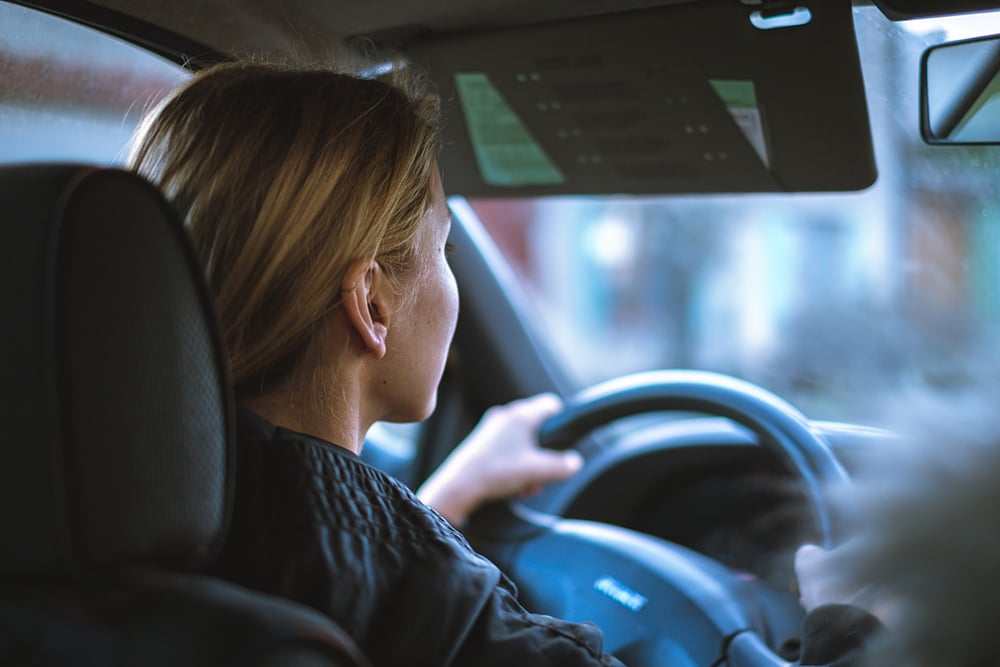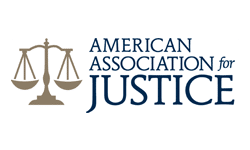
There isn’t always one person who is at fault in a T-bone car accident. But because T-bone accidents are often caused by traffic violations, this type of motor vehicle accident can be more clear-cut than other types.
More often than not, a T-bone car accident is caused by a person who runs the red light, misses the stop sign, drives drunk, or crashes into the side of another car while looking at their cell phone. Essentially, most T-bones happen when one driver is negligent and fails to yield the right of way to another.
You may have been following the rules of the road when you suddenly found yourself being T-boned by another vehicle. If that’s the case, you may have grounds to file a car accident claim with the at-fault driver’s insurance company. But before any legal action can be taken to recover compensation for medical bills, property damage, and other losses, you need to be able to conclusively answer the question: Who is at fault in the T-bone car accident?
If you have questions about a T-bone car accident that caused you injuries and property damage, please schedule a free case evaluation with a member of our car accident team at DiPiero Simmons McGinley & Bastress, PLLC to discuss your case.
What Is a T-Bone Car Accident?
A T-bone car accident is also called a side impact or broadside collision. It is named for the shape of a “T” that forms when the front of one vehicle strikes the side of another at a 90-degree angle.
According to 2020 statistics published by the Insurance Institute for Highway Safety (IIHS), side-impact collisions accounted for 23% of vehicle occupant deaths in motor vehicle accidents that year—5,475 deaths.
What Causes T-Bone Car Accidents?
The causes of T-bone accidents vary depending on the circumstances. Often, T-bones happen between two cars at an intersection. As one car proceeds through the intersection, the other car turns or continues straight, making impact with the side of the first vehicle. A broadside collision is frequently the result of someone:
- Running a red light or stop sign
- Texting and driving
- Ignoring right-of-way laws
- Making an illegal left turn
- Paying too much attention to a GPS or navigation system
- Driving fatigued, intoxicated, or distracted
Where Do T-Bone Car Accidents Usually Occur?
T-bone car accidents typically involve two or more perpendicular roadways coming together at an intersection. Most side-impact crashes happen at/in:
- Intersections controlled by traffic lights
- Intersections controlled by stop signs
- Areas where smaller streets or alleys join larger roadways
- At the point where driveways open into streets
- Parking lots
- Entrances and exits of parking lots, parking garages, and other off-road parking areas
- Traffic circles (roundabouts)
- At turn-around or U-turn points on highways and major roadways
How To Determine Who Is at Fault in a T-Bone Car Accident
Car accidents leave victims with considerable financial losses—from the cost of fixing or replacing a vehicle to lost wages and medical treatment. If the accident resulted in a preventable fatality, the family may be left with no way to pay their bills. In short, a car crash can financially devastate survivors, leaving them to deal with the repercussions for years to come.
The scenarios described above are grossly unjust. That’s why personal injury laws exist. A personal injury lawsuit is the legal means a victim has to regain their health, wellbeing, and financial independence after another party violated a duty of care.
If you were injured in a T-bone accident, you must determine who is at fault before you can seek compensation for your losses. Even if the details of the accident seem obvious, the burden of proving liability rests on the injured victim’s shoulders.
In order to determine who is at fault in a T-bone car accident, you and your attorney may need to gather evidence like that listed below to prove your claim:
- A police accident report
- Traffic or security camera footage
- Dashcam or cell phone video taken of the accident
- Eyewitness accounts
- Vehicle damage
- Testimony from accident reconstruction experts
- Photographs of the accident scene, vehicle damage, and injuries
- Driver cell phone records
- Vehicle repair bills
- Medical treatment bills
Proving Fault in a T-Bone Accident Case
In personal injury cases like car crashes, you must be able to show that the other party was negligent. In other words, the other party acted in such a way that their behaviors caused harm to others. Examples of negligent driving behaviors can include speeding, violating traffic laws, and driving under the influence of drugs or alcohol. When a driver chooses to engage in these dangerous behaviors, they fail in their duty to keep others safe from injury.
In a T-bone car accident case, you and your lawyer must be able to demonstrate that:
- The other driver owed a duty of care to others who shared the road
- The other driver breached the duty of care they owed to others
- This breach of duty led to the T-bone car accident
- Your injuries were the result of this breach of duty
- You suffered damages as a result of your injuries
If you are able to prove these elements, you can move forward with your T-bone car accident claim.
There are some situations in which neither driver was at fault, although these scenarios are comparatively rare. Weather, poor road design, broken traffic signals, road debris, and other hazards may cause a T-bone accident to happen even when drivers are doing their best to operate their vehicles safely. A government entity may be responsible for some of these types of accidents. You would need to consult with a qualified attorney to discuss your legal options in cases such as these.
What To Do if the Other Driver Is at Fault for a T-Bone Car Accident
When someone else is at fault for your T-bone car accident, any resulting injuries and damages you suffer are their financial responsibility, not yours. It’s not always easy, however, to convince the insurance company that their policyholder is liable for your financial losses. An insurance carrier will always look for ways to deny liability and protect its own assets.
No matter who is at fault in a T-bone accident, you may need to work hard to prove it.
A car accident attorney from DiPiero Simmons McGinley & Bastress, PLLC has the skill and resources to win your intersection collision case. We have decades of experience analyzing accident scenes, gathering evidence, and partnering with experts who can help strengthen your case. With our lawyers on your side, the question of who was at fault can be proven once and for all, giving the insurance company no room to deny your claim.
Contact our Charleston, WV office for a free, no-obligation case consultation.







